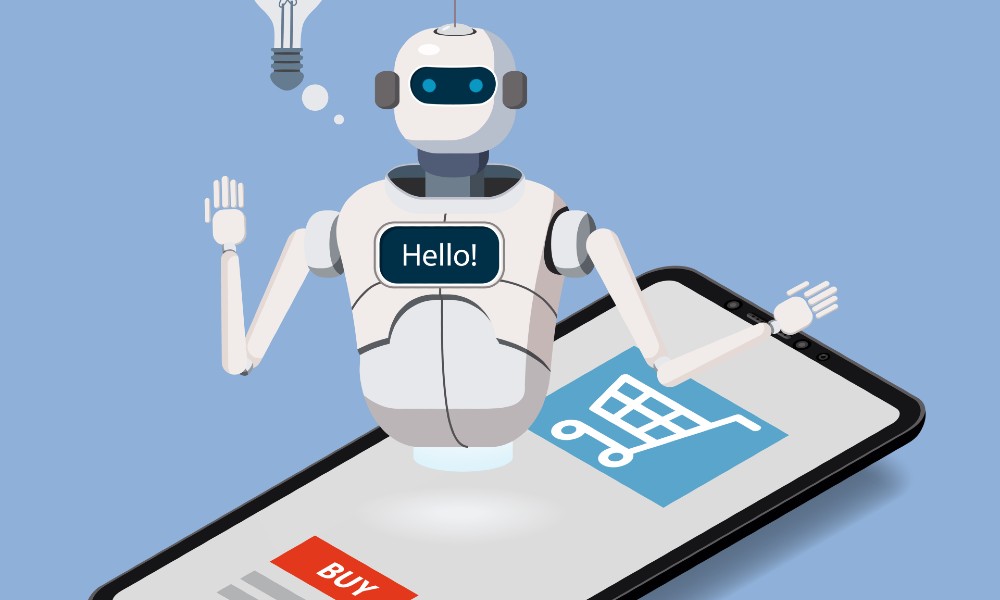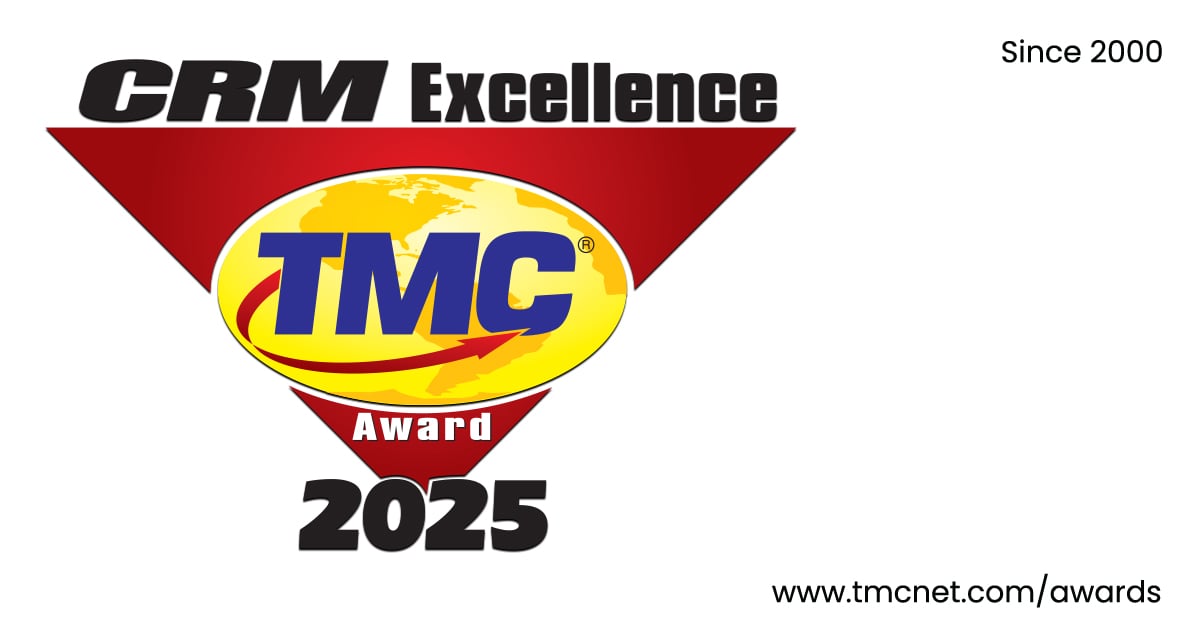
Competition is fierce for almost every area of business in 2022, largely due to stifled activity over the last two years as a result of the ongoing pandemic. Because of this, company leaders are considering any possible strategy to ensure valued customers remain loyal in the long term.
Luckily, businesses have a wide range of options to help increase customer retention rates. Digital resources are plentiful these days, and allow any sized company to boost productivity without requiring a huge workforce to run them. And with labor shortages still being a problem, these resources are shifting into a necessity instead of an option.
If there is one area of technology business leaders need to consider to improve customer retention, it's artificial intelligence. Advancements in programming over the last decade have made it possible for any sized company to harness AI for work assistance, as well as to gain detailed insights regarding customer activity and operational processes. But the technology has become a godsend for marketing, as it not only allows businesses to automate campaigns for maximum exposure, but can create hyper personalized campaigns for greater customer experiences.
By combining analytical insights with automation, marketing teams can guarantee customers are exposed to promotions, deals, and special events which fall directly in line with their interests. For instance, AI can maximize the efficiency of a new promotion by targeting specific customers known to buy certain items. After recognizing the most likely candidates for participating in the promotion, AI can help marketers emphasize activity on certain communications channels, to guarantee customers are well aware of the campaign.
Additionally, AI can help markets learn from the mistakes of previous campaigns to make new strategies much more impactful. AI-assisted analysis allows marketing teams to understand how previous campaigns affected sales numbers or website activity. If a campaign creates a noticeable uptick in activity, then marketers know they’re on the right track toward a stronger customer base. If a campaign creates a minimal response, then markets can rework their approach.
Integrating AI programs is one of the easiest, most affordable ways to immediately improve the effectiveness of any marketing strategy. If businesses in a highly competitive space truly want an edge, they must utilize the most advanced digital resources available to keep customers engaged.
Edited by
Maurice Nagle





